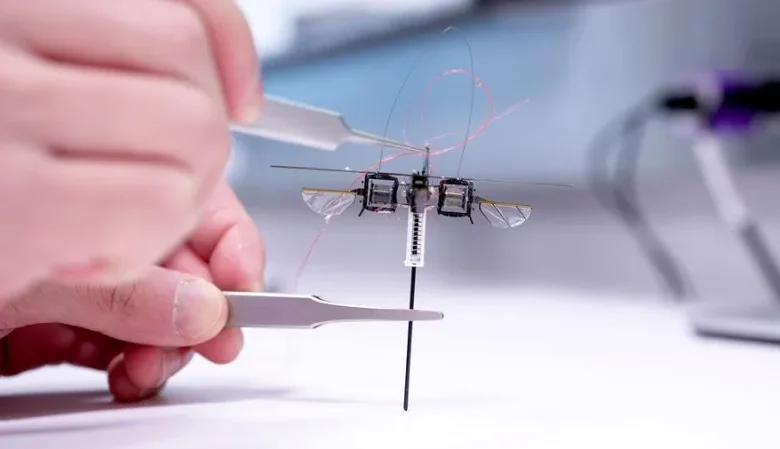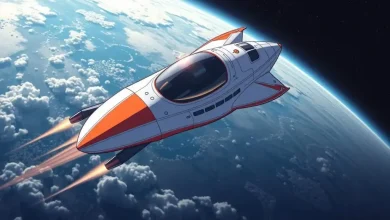
Winged Tiny Pogo Robot Redefines Agile Robotics
MIT’s new tiny Pogo Robot combines wings and hops for unmatched mobility, flipping across real-world terrain with ultra-lightweight design.
MIT researchers created an exceptional new micro-robot which demonstrates that dimensions do not determine capability. The new innovative robot design includes a single-legged hopper with insect-like wings which features the ability to operate in challenging real-world environments that standard small robots cannot handle. The tiny machine adopts a completely different mechanism compared to wheels or legs by performing jumps instead of traditional movements.
The robot achieves quick and efficient motion on uneven terrain through its elastic movement pattern. Jumping serves as only one factor which gives this agility to the device. The apparatus stands apart through its four winglike appendages that function as steering surfaces instead of propulsion devices. The advanced feature enables robots to navigate through the air by adjusting their path directly which results in superior control alongside higher operational efficiency.
Why This Tiny Pogo Robot Is So Impressive
The tiny Pogo Robot doesn’t rely on traditional motors or propellers, which are often too heavy or power-hungry for small-scale machines. The robotic mechanism depends on ultralight operations to perform hopping movements while needing small amounts of energy. The wings provide flight stability through lift mechanisms while only contributing to flight direction without bearing the total flight loads. This design achieves an optimal mix between form and operational purpose.
The present prototype needs additional development to become fully autonomous because it requires continuous power and control connection but it shows promising potential for forthcoming autonomous solutions. The end objective includes designing portable robotic systems that can autonomously operate in spacesrocket drones or ground-based rovers could not access. By eliminating heavy gearboxes and battery packs, the tiny Pogo Robot can leap over obstacles and even carry payloads up to ten times its own weight.

Simplicity Meets High-Performance Engineering
At its core, the tiny Pogo Robot is a marvel of minimalist engineering. This version removes the need for bulky propellers which previous hopping robots required by making the design simpler and more precise. The research team commits particular effort to minimize components to achieve cost-effectiveness and operational simplicity. Such design minimalism gives the robot double importance because it secures both operational exellence and fundamental design principles.
The team continues actively to integrate all necessary intelligence directly onto the operating unit while the bot receives current instructions from an external computer. Future generations of the bot could achieve untethered operation thanks to potential successes which would enable exploration inside dangerous environments and search-and-rescue operations and environmental surveillance throughout minimal spaces.

Final Thought
The development of the tiny Pogo Robot is part of a broader trend in robotics: moving away from large, rigid machines toward adaptable, efficient designs inspired by nature. Together with conventional drone capabilities hopping robots represent distinct functionalities because they can easily navigate areas too narrow for regular flights.
The future development of the tiny Pogo Robot may contain embedded sensors and wireless operations and swarm control features. With research like this pushing boundaries, the tiny Pogo Robot might soon have companions that leap, glide, and crawl through the unknown, offering new ways to explore our world—one small hop at a time.



